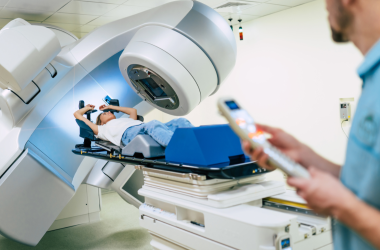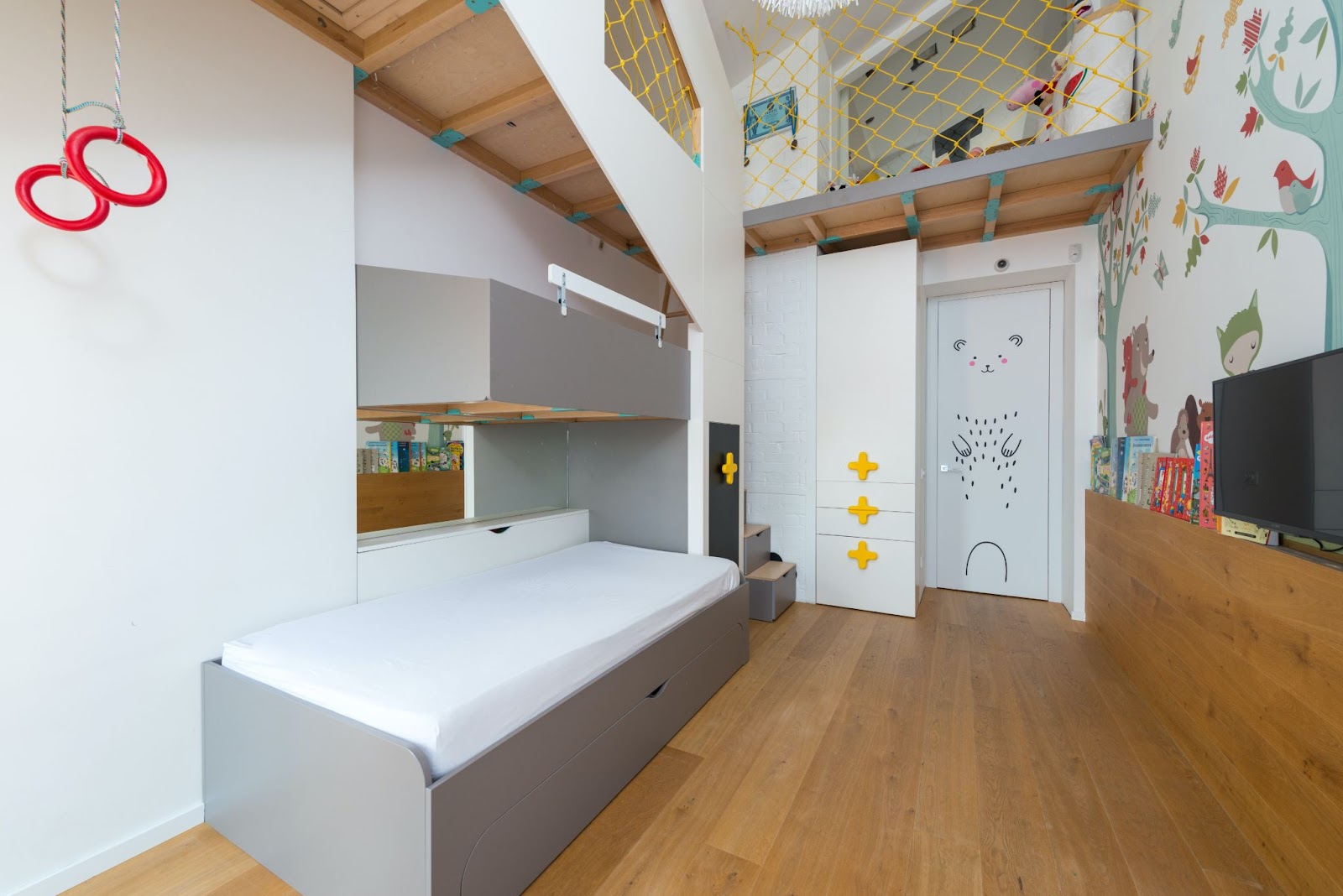Last Updated on: 20th December 2024, 06:21 am
Safety is paramount in industrial environments. Workers are constantly exposed to hazards that can lead to accidents, injuries, or even fatalities. The potential risks in industrial settings are numerous, from slippery floors to hazardous chemicals. To address these challenges, industries worldwide are turning to innovative solutions, one of the most effective being glass-reinforced plastic (GRP) grating systems. These versatile materials not only offer a range of practical benefits but also play a critical role in enhancing safety in the workplace.
GRP grating systems are designed to meet the rigorous demands of industrial applications while providing a safe, durable, and cost-effective solution for hazardous environments.
1. Slip-Resistant Surfaces
One of GRP grating systems’ most significant safety benefits is their slip-resistant properties. In industries such as oil and gas, chemical processing, and manufacturing, workers often navigate wet, oily, or chemical-contaminated surfaces, leading to slips, trips, and falls. These accidents can result in serious injuries, lost productivity, and even legal liabilities.
GRP grating systems are designed with a textured surface that provides exceptional traction, even in challenging conditions. The grating’s surface is made of a non-slip material that helps prevent slips and falls by offering a secure foothold. The slip-resistant nature of GRP grating is achieved through a combination of its structure and the materials used. The grating’s mesh design allows water, oils, or chemicals to drain, keeping the surface dry and reducing the risk of accidents.
In addition, many GRP grating systems feature a grit surface or are treated with slip-resistant coatings, further enhancing their ability to resist slipping. These features are crucial in environments where safety is of utmost concern, ensuring workers can carry out their tasks confidently and minimising the risk of slip-related injuries.
2. Electrical Insulation
Electrical hazards are a significant concern in many industrial environments, particularly in facilities dealing with electrical installations or hazardous materials. Accidental contact with electrical currents can lead to severe injuries or fatalities, making electrical insulation a key safety consideration.
GRP grating systems are naturally non-conductive, providing excellent electrical insulation. Unlike metal grating, which can conduct electricity, GRP grating is made from composite materials that do not transmit electrical currents. This makes it an ideal solution for environments where electrical safety is critical, such as power plants, substations, and areas with high-voltage equipment.
Employers can significantly reduce the risk of electrical accidents by using GRP grating. If a worker comes into contact with an electrical source, the non-conductive nature of the GRP grating prevents the current from travelling through the surface, safeguarding employees from electrical shocks. This electrical insulation feature makes GRP grating a vital safety measure in workplaces with electrical equipment and installations.
3. Resistance to Corrosion
Corrosion is a persistent issue in many industrial environments, especially those exposed to chemicals, extreme weather conditions, or coastal areas. Steel and metal grating systems are often used in industrial applications. Still, they can be prone to corrosion when exposed to moisture, chemicals, or salt, leading to degradation and safety risks. Rusty or weakened metal surfaces can become hazardous, increasing the likelihood of structural failures, slips, and accidents.
GRP grating systems, on the other hand, are highly resistant to corrosion. Made from a combination of glass fibres and resin, GRP grating does not rust or corrode, even when exposed to harsh chemicals, acids, or saltwater. This resistance to corrosion ensures that the grating maintains its structural integrity over time, providing a safe and reliable surface for workers.
The durability of GRP grating in corrosive environments is especially beneficial in industries such as chemical processing, offshore oil rigs, and wastewater treatment plants, where exposure to corrosive substances is common. The long-lasting nature of GRP grating reduces the need for frequent replacements, saving both time and money while ensuring the continued safety of workers.
4. Lightweight and Easy to Install
While the safety features of GRP grating are crucial, its practical benefits, such as being lightweight and easy to install, also contribute to its overall safety impact. The lightweight nature of GRP grating makes it easier to handle and install than heavier metal alternatives, reducing the risk of injury during the installation process.
Workers are less likely to strain themselves or suffer accidents during the grating installation, as the material is easier to manoeuvre and transport. Additionally, GRP grating can be quickly and easily cut to size on-site, allowing for a customised fit in complex or tight spaces. This adaptability makes it a flexible solution tailored to meet any industrial environment’s unique safety requirements.
5. Reduced Maintenance Costs
Maintaining a safe working environment involves regular checks and repairs of equipment and infrastructure. Metal grating often requires frequent maintenance to prevent rust, wear, or structural failure, which can be time-consuming and costly. In contrast, GRP grating systems are low maintenance, requiring little to no upkeep over time.
GRP’s corrosion resistance means that it does not need to be treated with anti-rust coatings or require periodic replacements due to wear. This durability improves safety by maintaining a consistent and reliable surface and reduces long-term maintenance costs for businesses. With fewer repairs or replacements, resources can be focused on other critical safety measures in the workplace.







